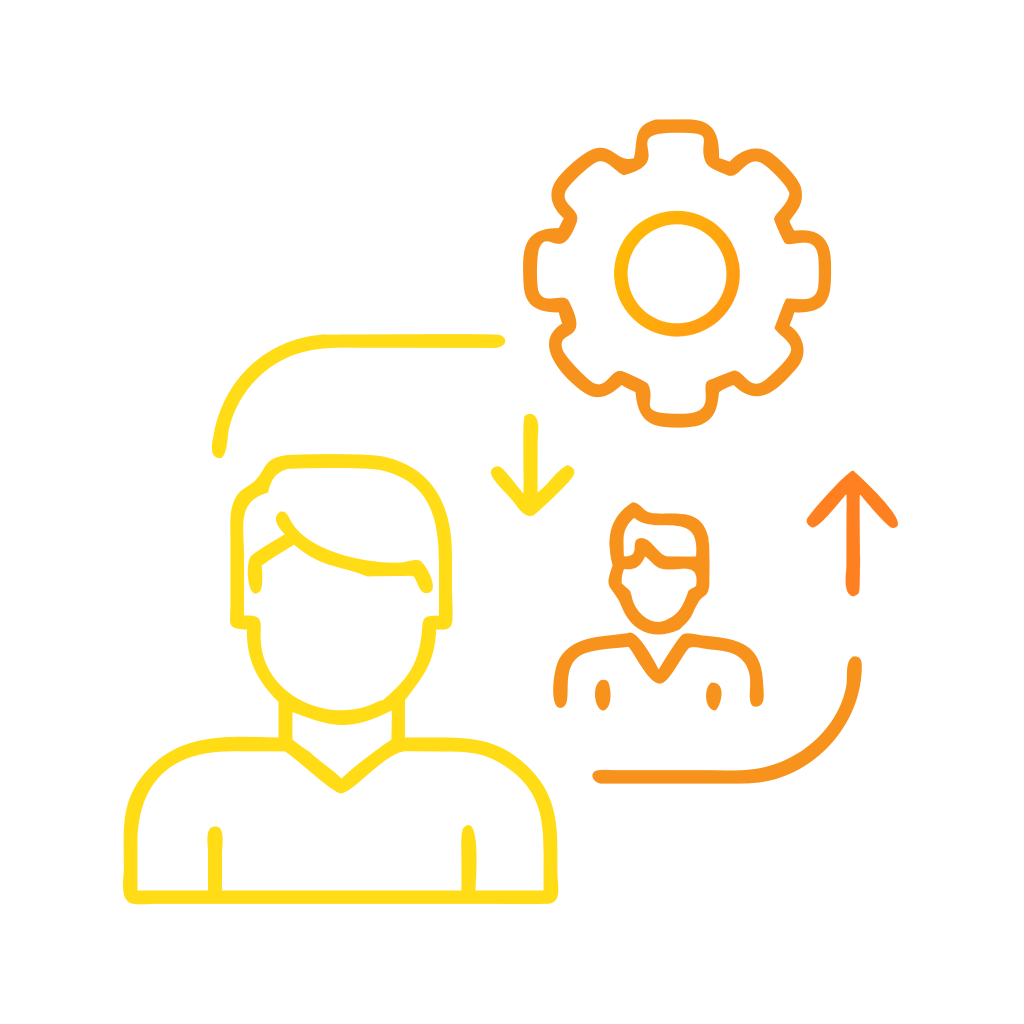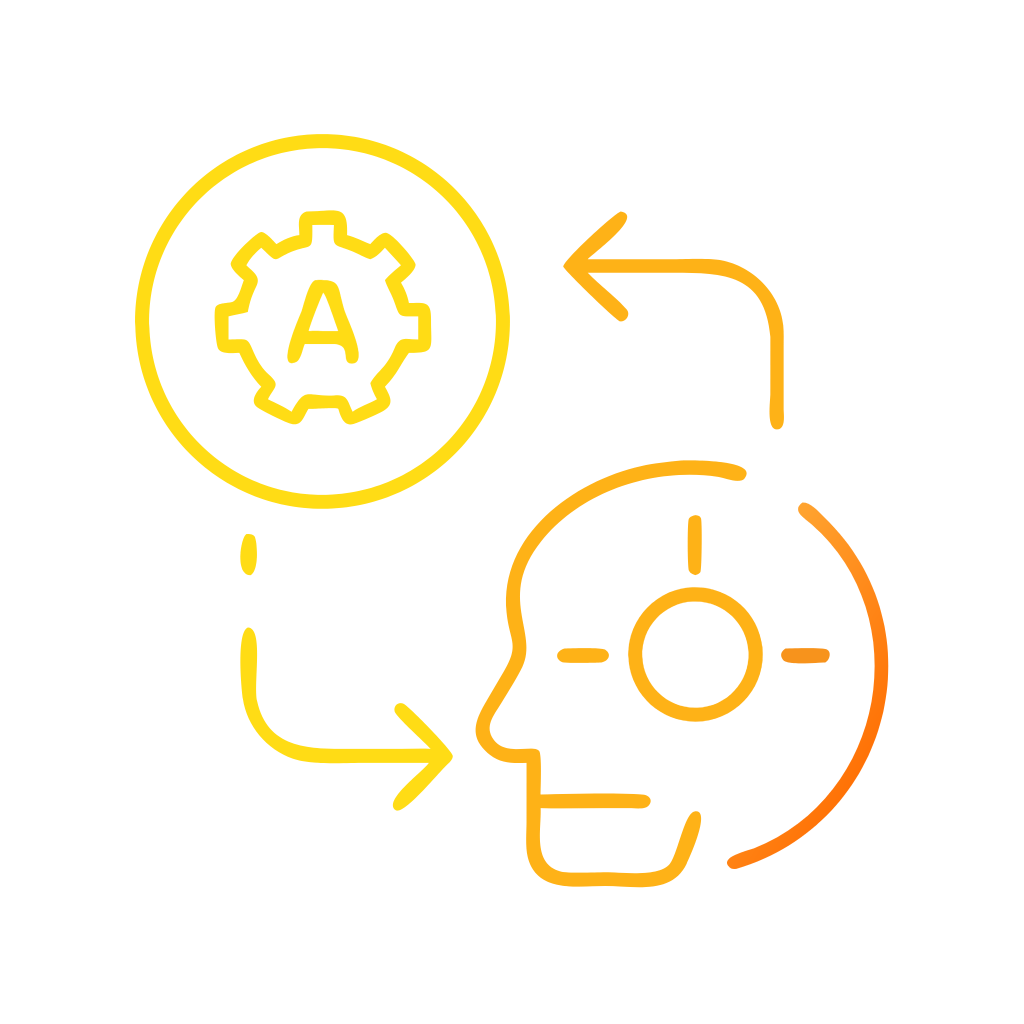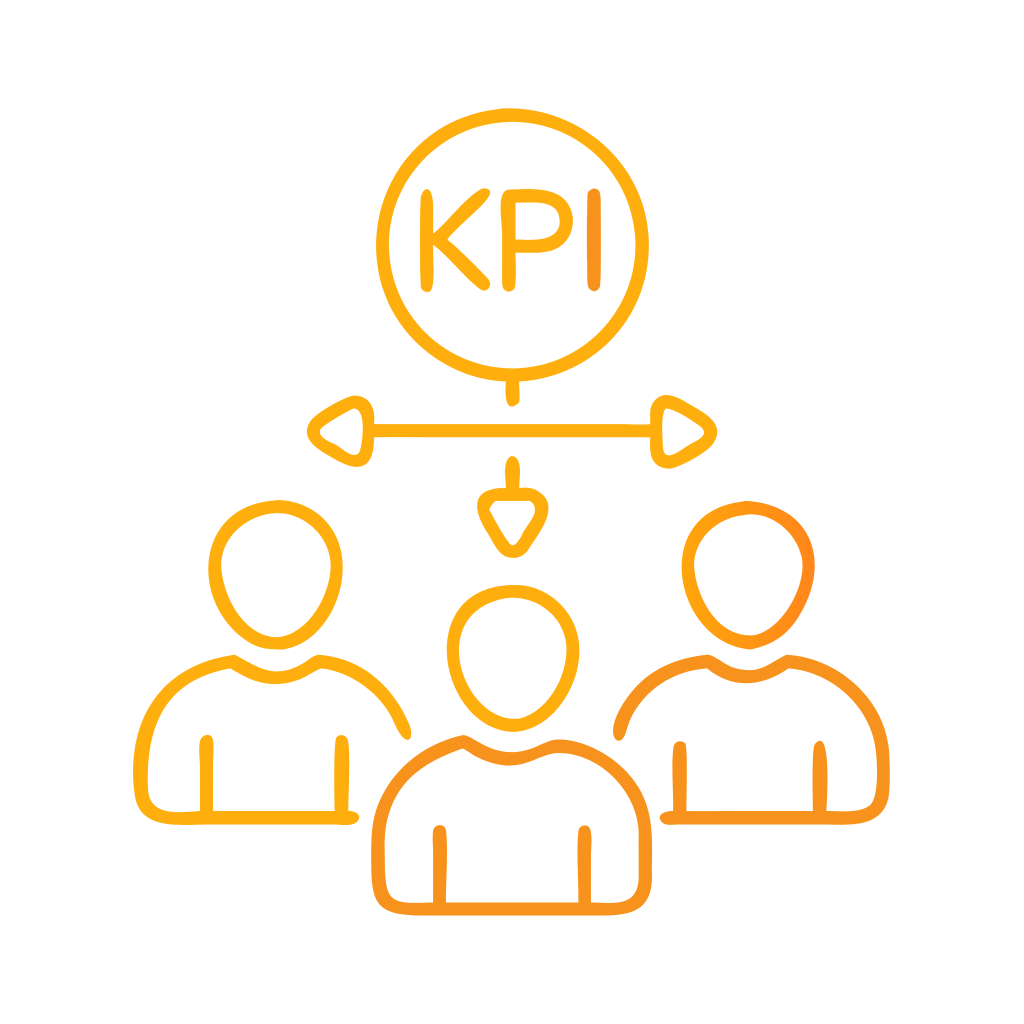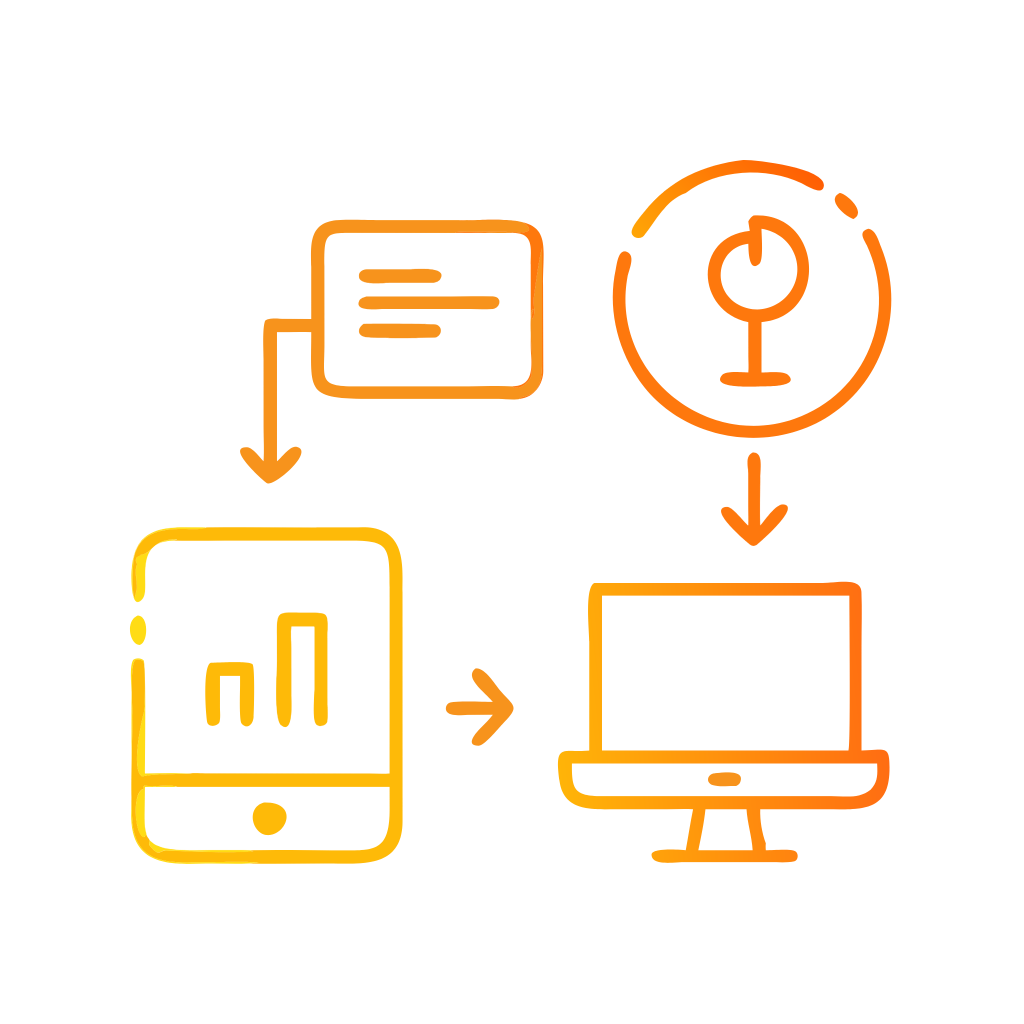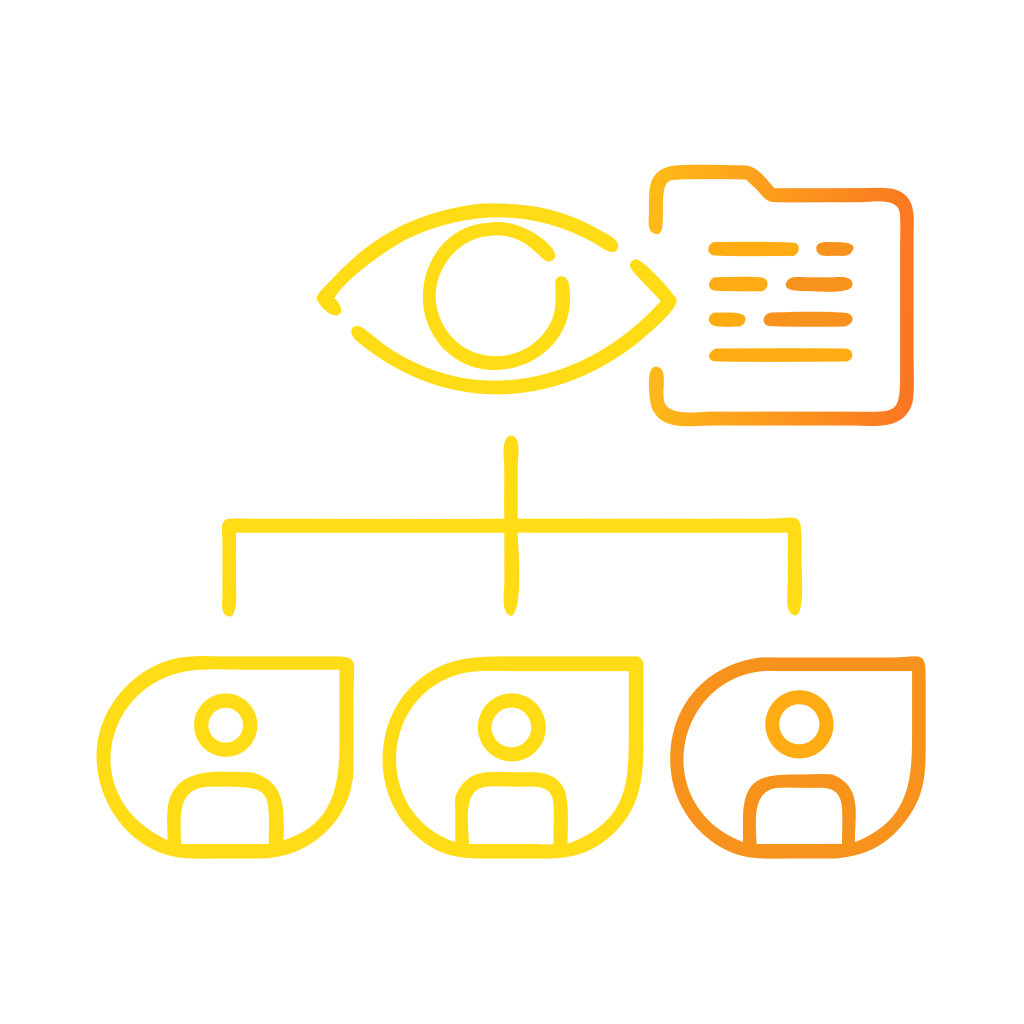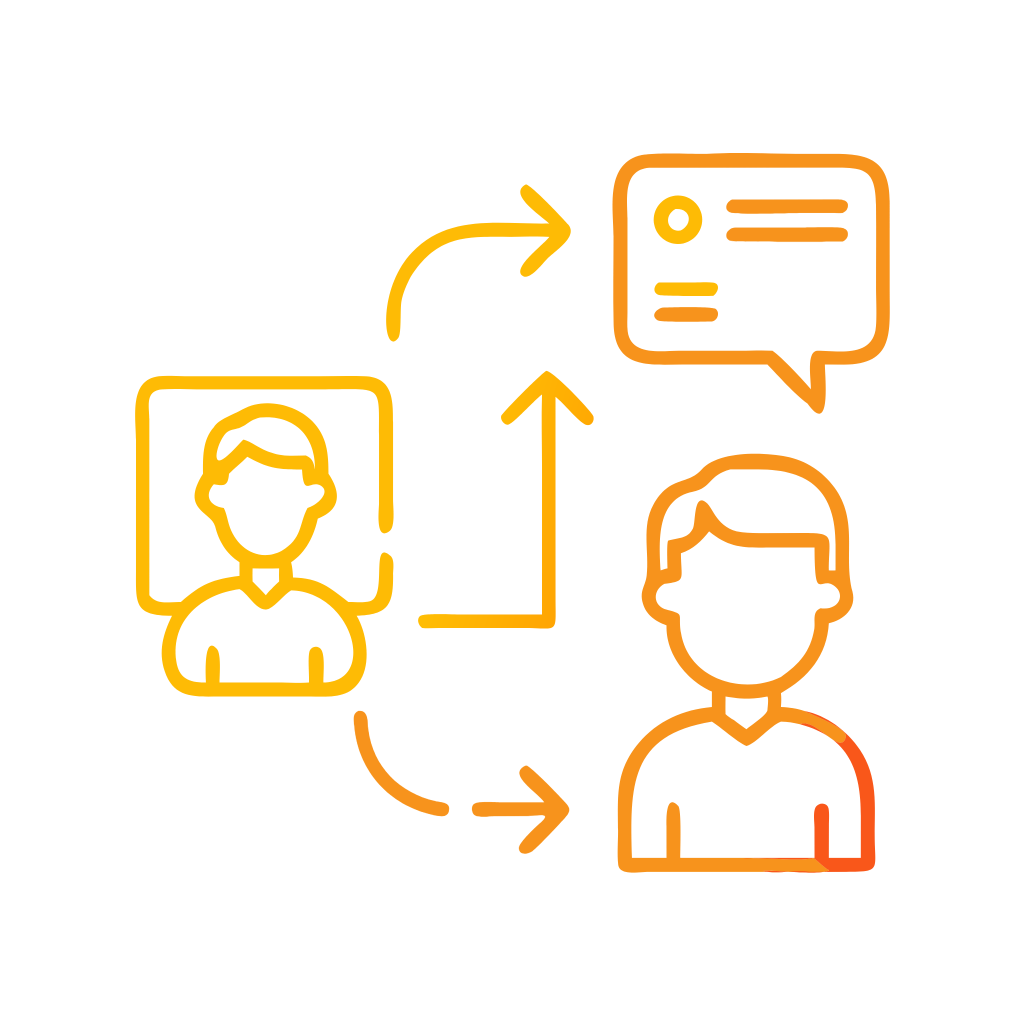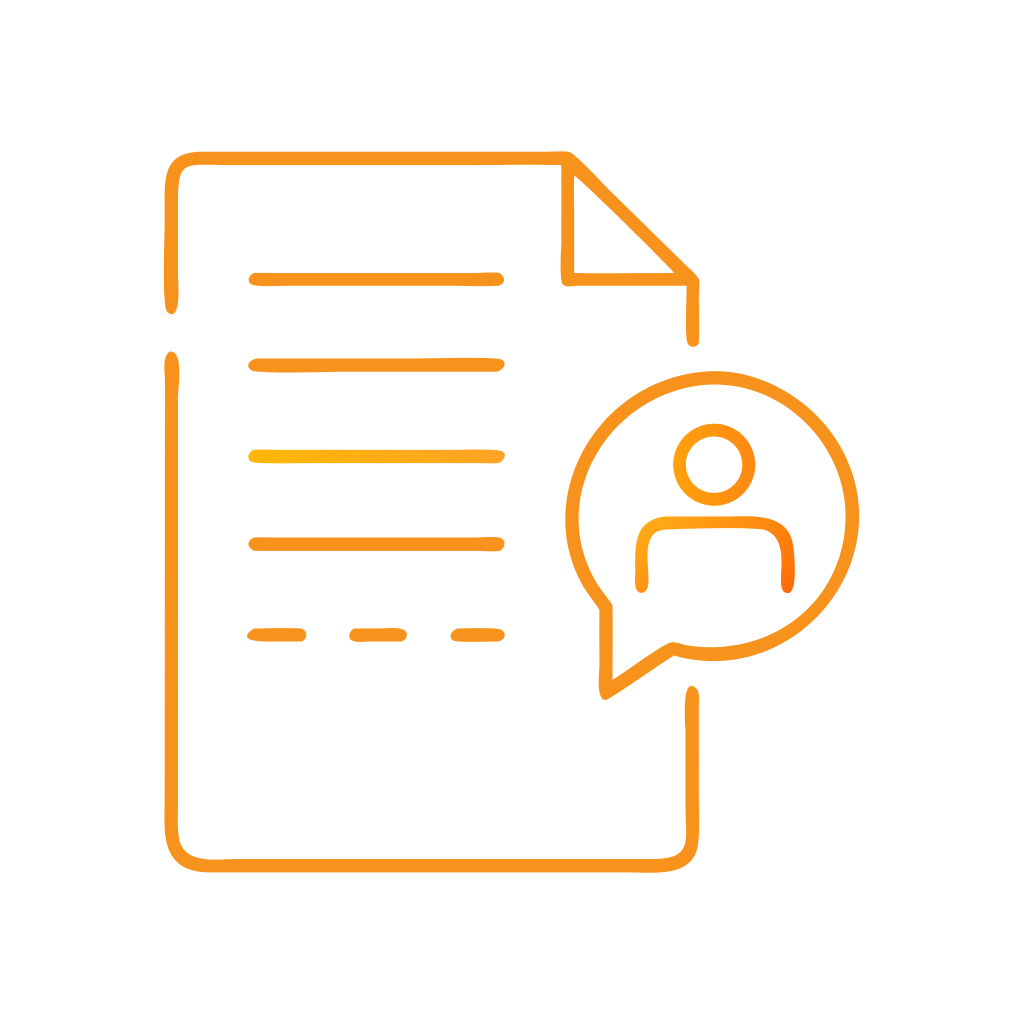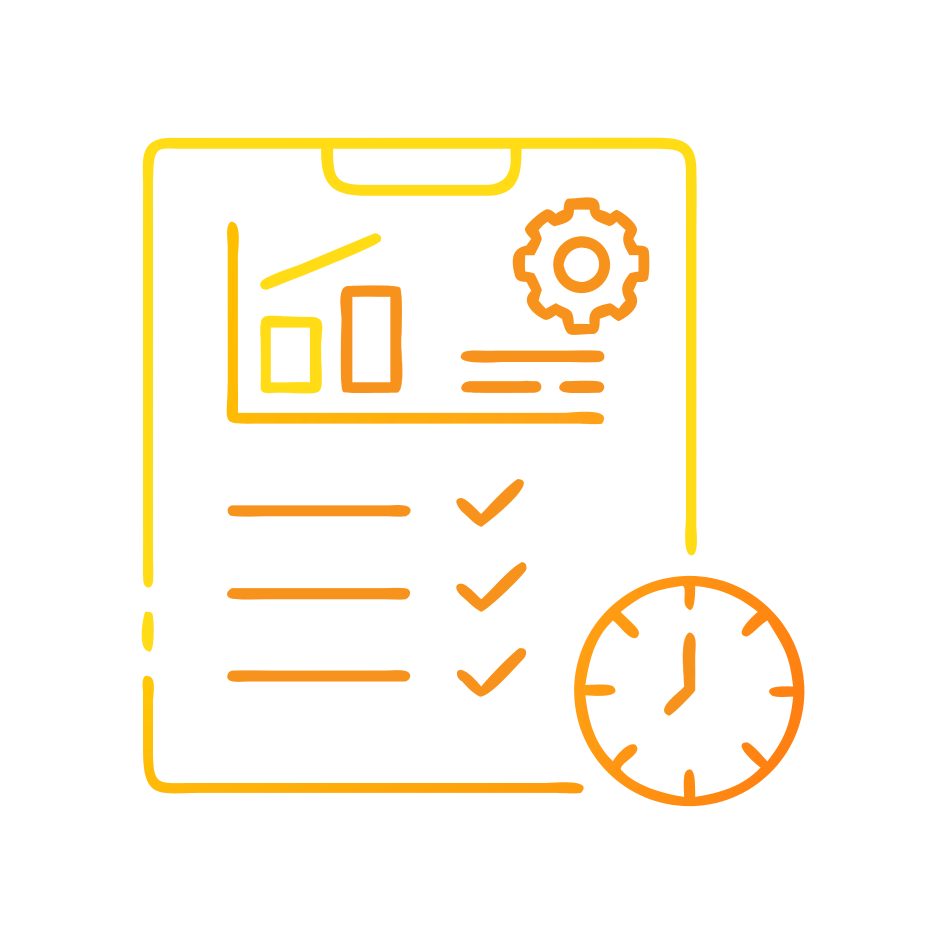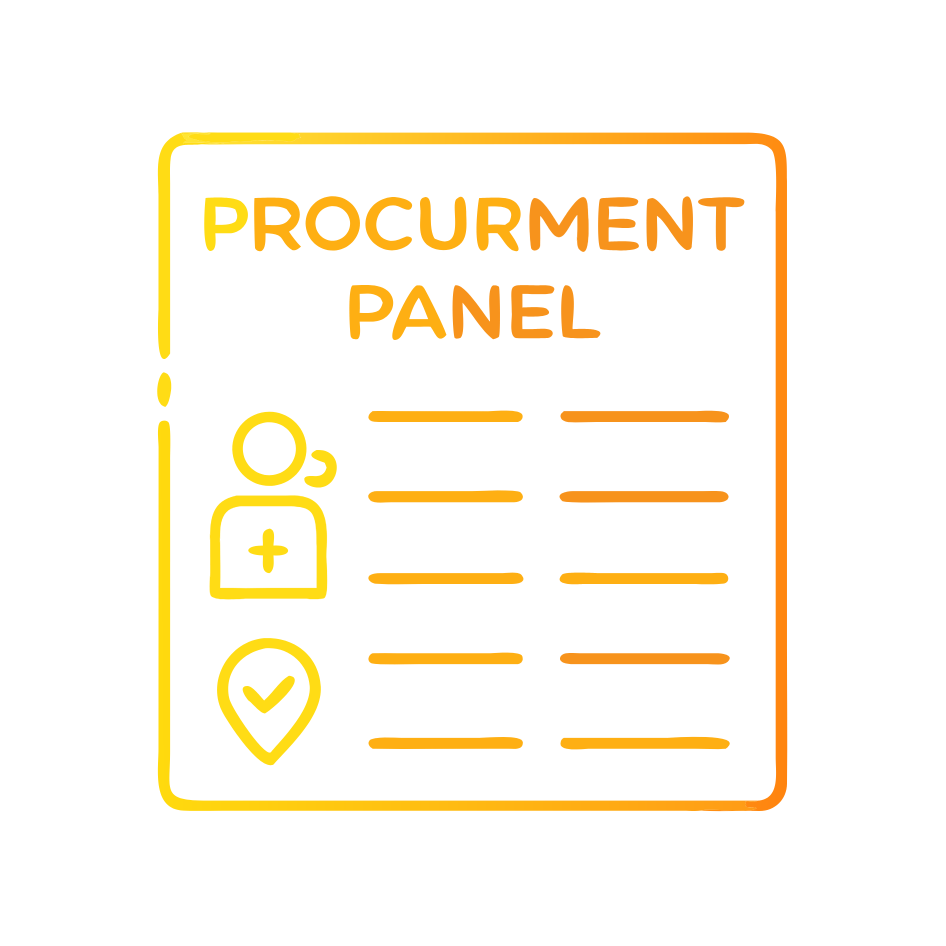Analytics Architecture for Business Intelligence
For a human services agency simplifying and planning for data analytics and data management provided endorsement needed to design a new way of making better decisions for the community.


Project
THE PROBLEM
A human services agency needed assistance to develop a strategy to manage a large number of data collections required for evaluation of a number of priority Government programs as well as reporting, monitoring and planning, and to develop an analytics architecture. Data is sourced from a range of systems as well as manual data collections. An implementation roadmap for warehousing the relevant data collections was also required.
Results
OUR APPROACH
The data collection approach that was in use was very complex and there was considerable duplication across programs. The first step in the process was a review of the data collections and an assessment of the feasibility of rationalising and standardising these. Several options to go forward arose out of this review and these were analysed in light of stakeholder feedback on the constraints and capability of the department and the emphasis on change for the areas of real need.
Once an option was decided upon, we were able to provide a roadmap and resourcing plan for the agency, which involved reaching their desired goal state through an iterative process, aligning with departmental and government strategies at each step. This put the agency on a steady path to enhanced analytics capability while still ensuring that they had the flexibility to take advantage of the inevitable technological advances in the analytics space.
THE OUTCOME
In total, the project delivered an assessment of the maturity of the current analytics capability, systems, tools and infrastructure and the goal state and of the source systems in use and the challenges with extracting data from these into the warehouse. It ensured strategic alignment between the broader agency initiatives and the programs under review. It provided a gap analysis between the current warehouse and the future capacity of this to meet the identified data requirements.
The development and evaluation of options to meet analytics requirements, with an assessment of dependencies, constraints, risks and costs was a transparent mechanism to decide on and develop the proposed architecture for the future state. This architecture was supported by a implementation roadmap which identified the activities to transition to this architecture from the current state. Finally, despite the large nature of the project, costing and resource requirements to implement the recommended option were given so that the project was given the best opportunity to proceeded without major administrative roadblocks or complications.



